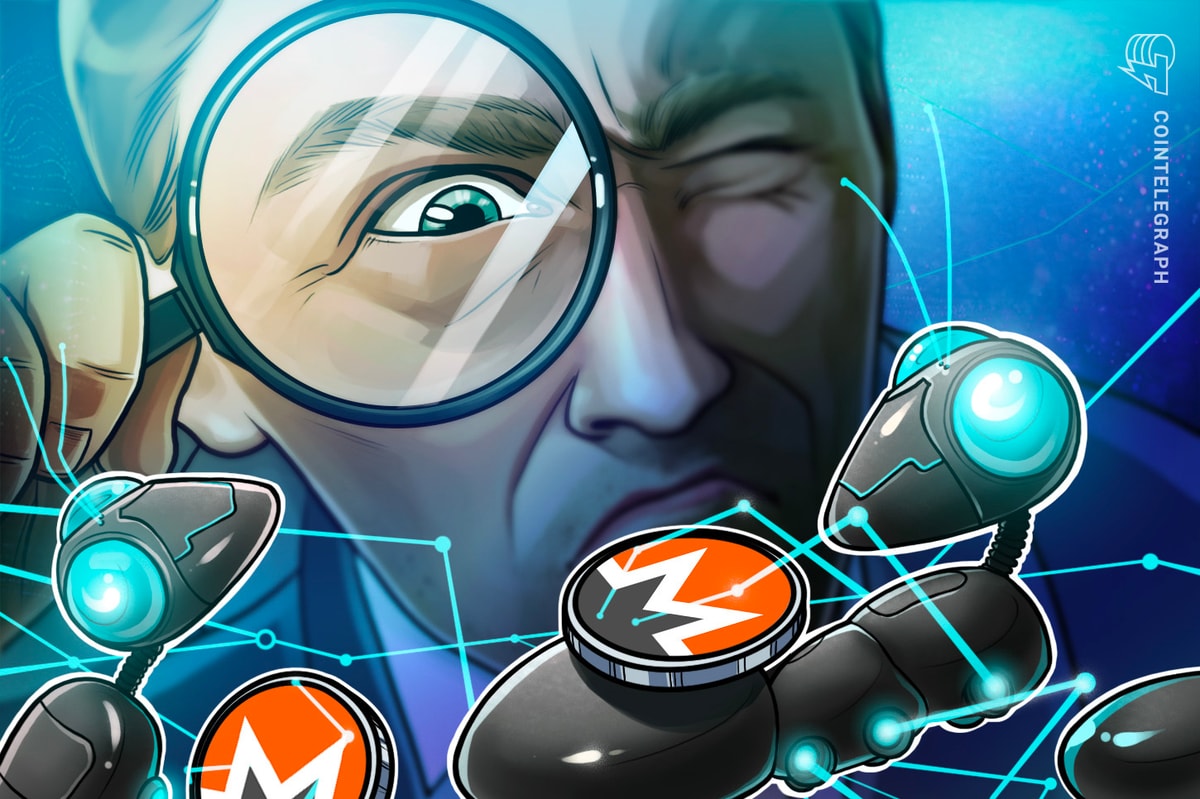August 12, 2025
5 min read
Adrian Zmudzinski
The privacy-focused cryptocurrency Monero has experienced a significant disruption, with 60 mined blocks discarded from its blockchain within 24 hours amid an ongoing attempted 51% attack by the Qubic network.
According to the Monero Consensus Status dashboard, Monero saw 60 orphaned blocks (valid blocks rejected from the main chain) in the last 720 blocks. This disruption coincides with an ongoing economic attack by the Qubic network, which incentivizes selfish mining.
Qubic miners redirect their computing power to mine Monero and sell the proceeds to buy and burn Qubic tokens, while being paid in QUBIC. This setup reportedly allows Qubic miners to earn more than Monero miners.
The attack has raised fears of a potential “51% attack” — a rare and serious event that can enable attackers to rewrite or block transactions.
An orphaned block is a valid block excluded from the main chain because another competing block at the same height was accepted first. In selfish mining, a miner with significant hashrate withholds blocks and publishes them strategically to overtake the public chain, causing honest miners’ work to be discarded.
As of writing, Monero’s price stands at over $247, down more than 8.6% from over $276 reported 24 hours earlier.
Source: Cointelegraph — Tue, 12 Aug 2025
Qubic Attack Disrupts Monero Network
Qubic’s Monero mining pool openly engages in selfish mining, with Qubic founder Sergey Ivancheglo admitting it in an X post. Ivancheglo claimed in a Tuesday X post that “Qubic has achieved 51% over Monero” and the team is “waiting for independent confirmations.” A 51% attack occurs when a single entity—in this case, the Qubic mining pool—controls over half of a blockchain network’s mining power or stake, allowing them to manipulate transactions. Zhong Chenming, co-founder of crypto cybersecurity firm SlowMist, said in a Tuesday X post that “this time the 51% attack on Monero seems to have succeeded.” He added:“The cost was also high, and it’s unclear what the economic benefits of doing this are in the end… In theory, the Qubic mining pool can now rewrite the blockchain, achieve double-spending, and censor any transactions.”
Not Everyone Is Convinced
Doubts remain about whether a successful 51% attack actually occurred. Selfish mining with control over a high percentage of hashrate, but short of a majority, can occasionally lead to orphaned blocks. Monero’s total hashrate, according to CoinWarz, is estimated at 5 GH/s. Unverified data from Qubic claims a peak hashrate of 3.01 GH/s, which would be sufficient, but a current hashrate of 2.08 GH/s, which is insufficient for a 51% attack. The Monero Consensus Status also indicates that blocks mined by unknown mining pools and solo miners—including Qubic—reached nearly 30% on August 11. This could mean Qubic controlled most of the hashrate briefly or a significant minority. SeraiDEX’s lead developer, Luke Parker, noted in an X post that a six-block-deep network reorganization with block orphaning “does not mean a ‘51% attack’ was successful.” He added, “It does mean an adversary with a high amount of hash got lucky.”Hack War Escalates Between Networks
Qubic and Monero are engaged in an ongoing hack war, exchanging countermeasures. Ivancheglo previously wrote on X that Monero broke Qubic’s selfish mining system, prompting his fix. Earlier, Ivancheglo accused Monero mining software developer Sergei Chernykh of denial-of-service (DDoS) attacks on Qubic’s pool, which Chernykh disputes. The attack began in late July when the community noticed what it described as an “economic attack.” This operation uses economic incentives—paying Qubic miners more than Monero miners—to attempt control over most of Monero’s hashrate and network. Niko Demchuk, head of legal at onchain forensics firm AMLBot, told Cointelegraph that Qubic’s attack on Monero could be considered “computer sabotage” or “unauthorized access” under Belarusian and European Union laws. However, no statute explicitly mentions 51% attacks. Demchuk said Belarus’ cybercrime rules might apply if blockchain manipulation disrupts protected systems.Source: Cointelegraph — Tue, 12 Aug 2025

